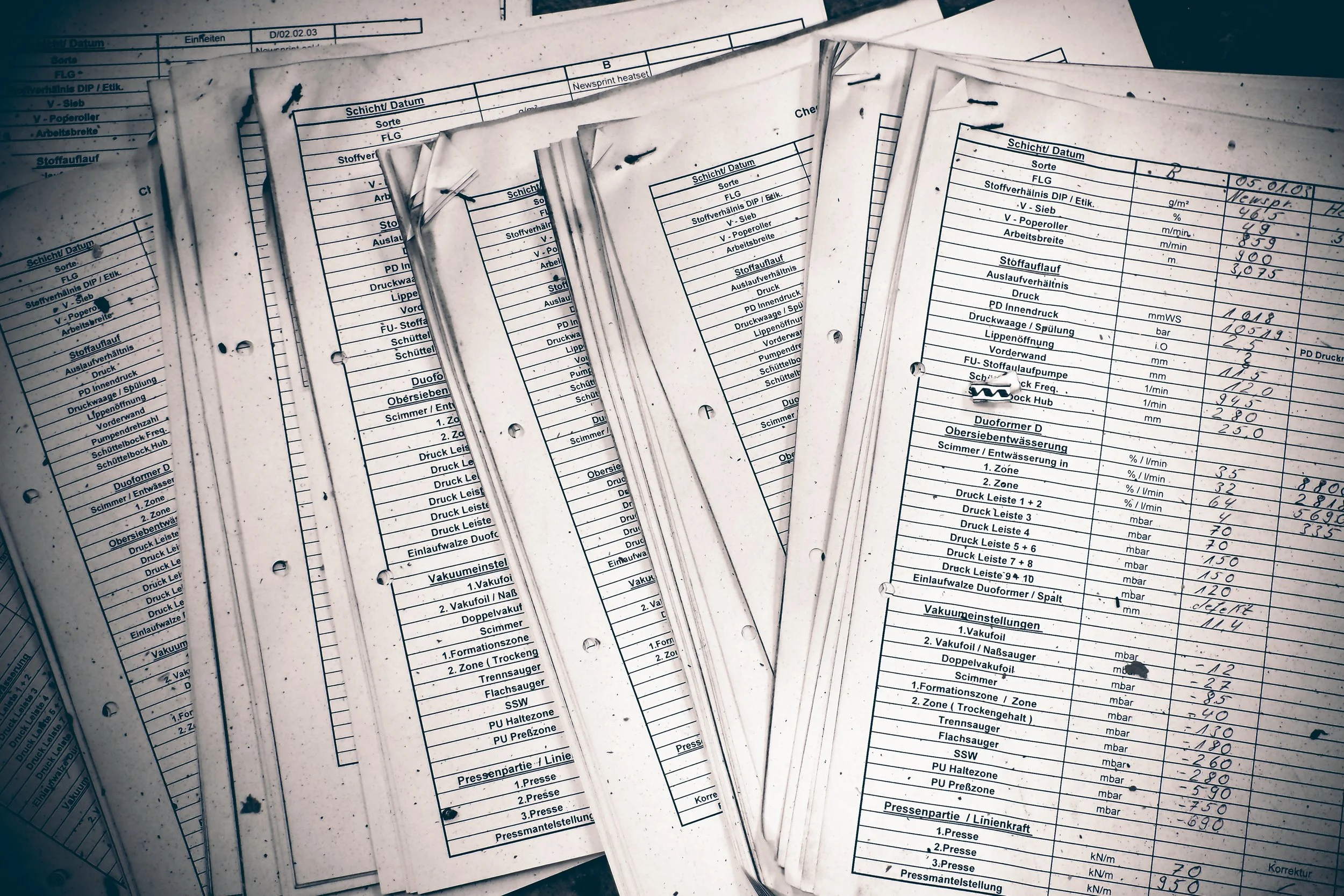Everyone has a story about the lengths students will go to cheat. While academic dishonesty is not disappearing, the use of digital technology may serve as a deterrent.
Read MoreABET and CEAB accreditation are a necessity for engineering and technology programs across Canada and the United States to remain competitive, attract the brightest students, and ensure strong employability rates.
Read MoreSingapore’s education system may produce students who lead in reading, mathematics, and science, but they receive failing grades when it comes to innovation. In order to remedy this Singapore’s Ministry of Education implemented the “Teach Less, Learn More” policy in 2006 to alleviate some academic pressure and produce more well-rounded students.
Read MoreDoes this scenario sound familiar? After days of writing comments, correcting errors, and trading pages in a cramped campus room, the last assessment is finally graded and placed like a crown on a stack of booklets as tall as your desk. You’re eager to get these assessments—brimming with feedback—into the hands of your students, and you wait for them to be collected.
And you wait.
Read MoreAndrew Eberhard, a Professional Teaching Fellow at the University of Auckland, is responsible for teaching and grading thousands of undergraduate students each year. While Andrew has a genuine passion for teaching he quickly found grading to be a logistical nightmare.
Read MoreUniversities and colleges are using digital and social marketing to develop more innovative and personal campaigns to reach prospective students. This practice is mutually beneficial, providing students with greater access to information and post-secondary institutions with a more level playing field.
Read More





